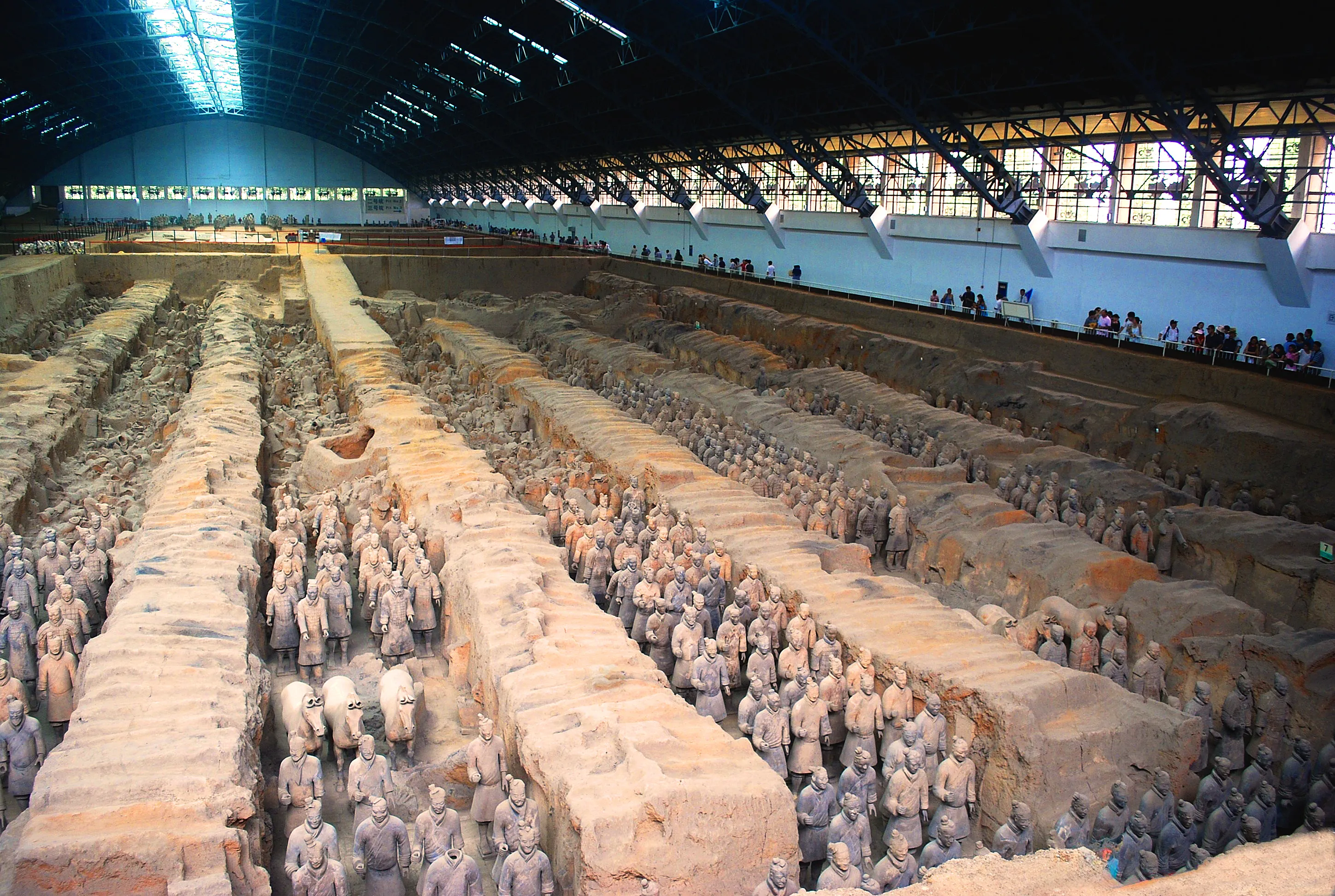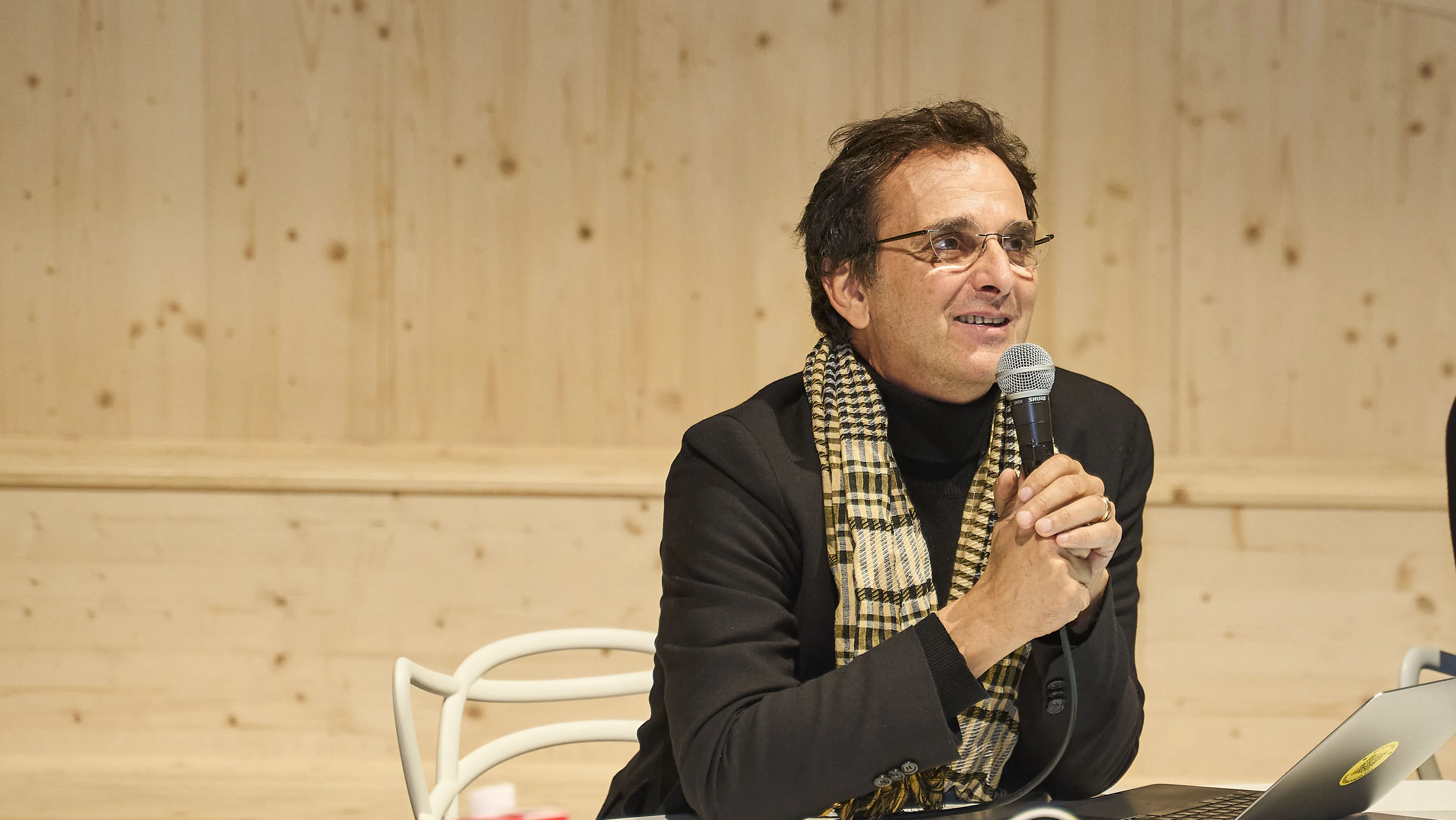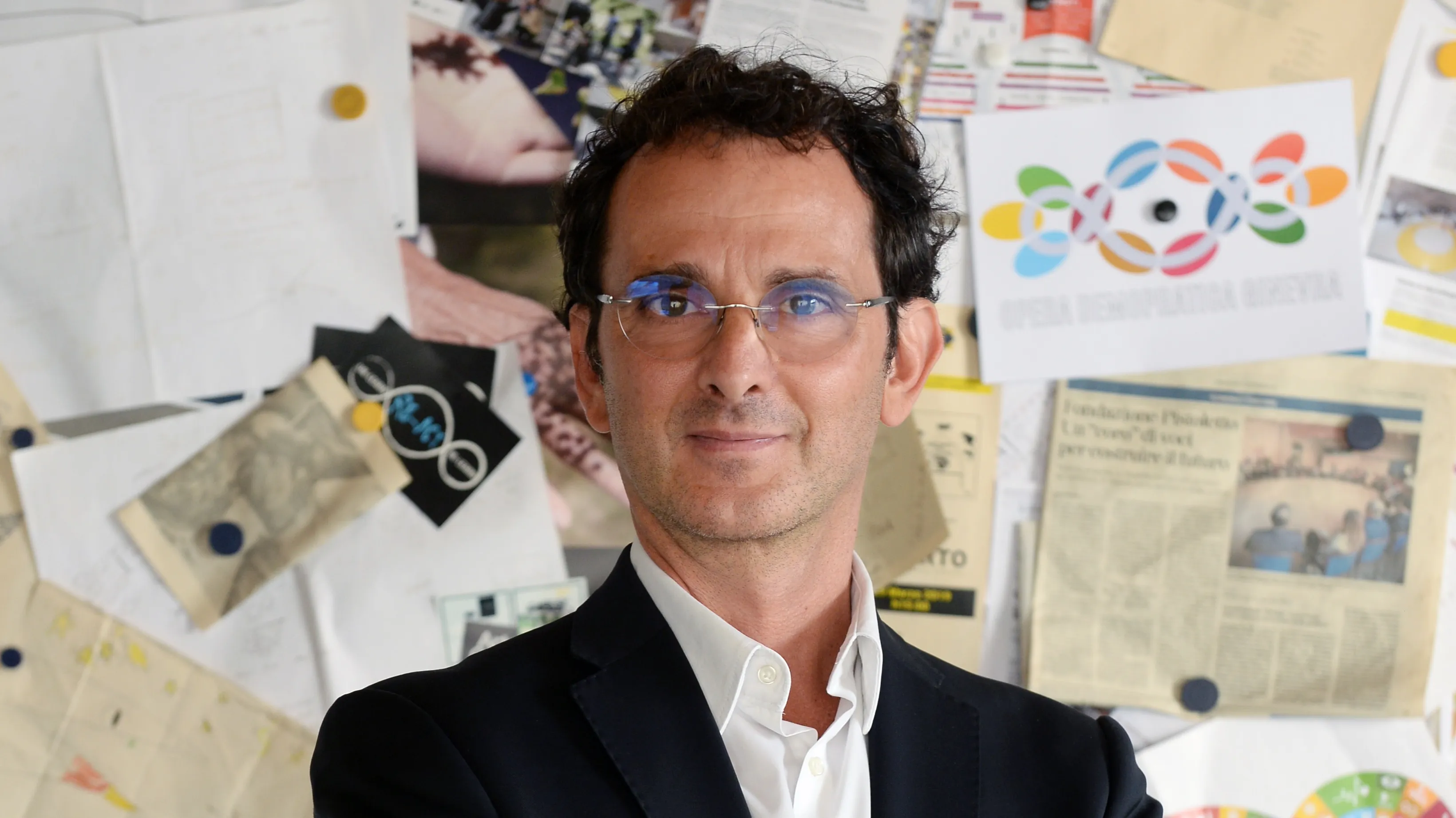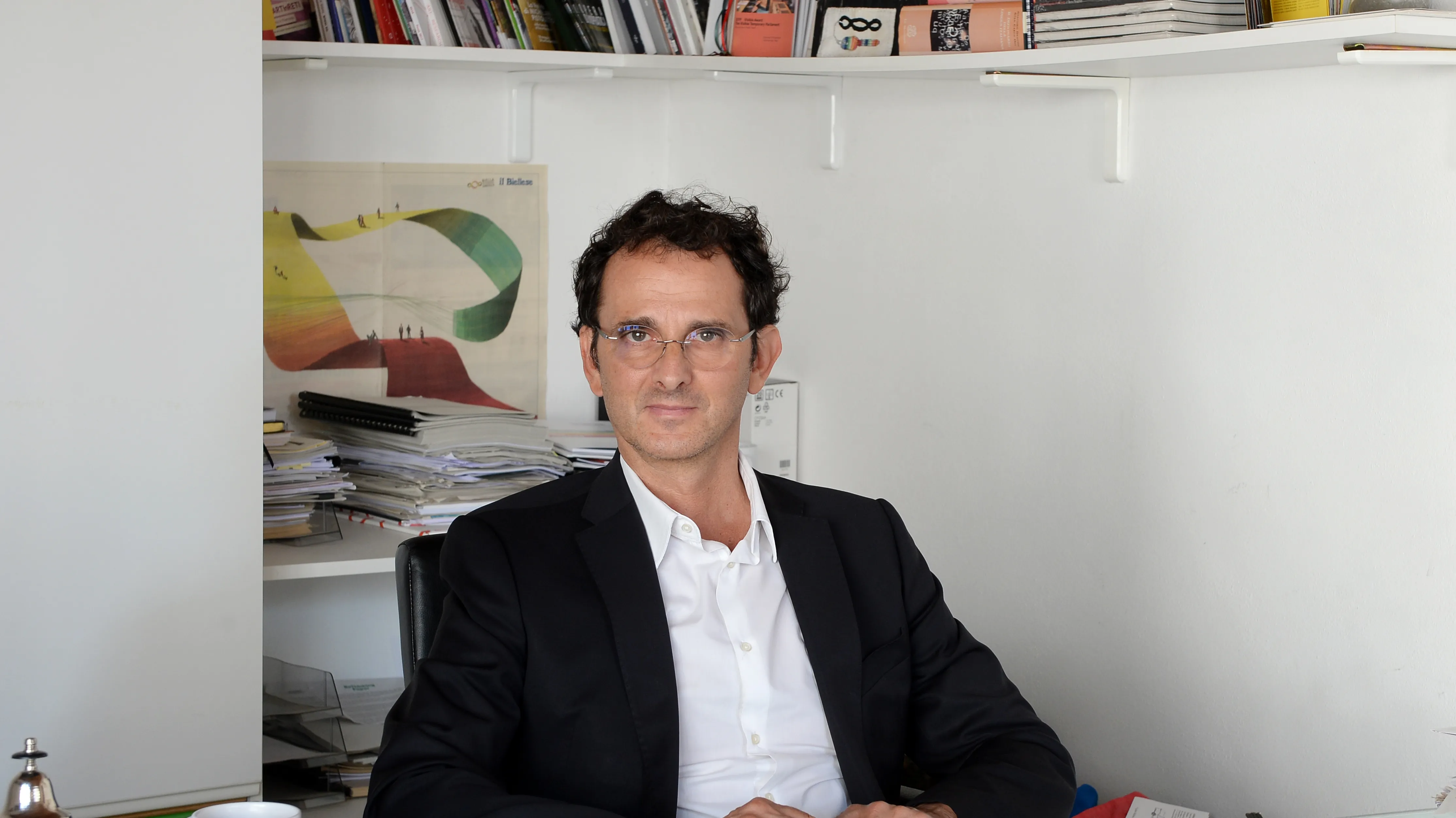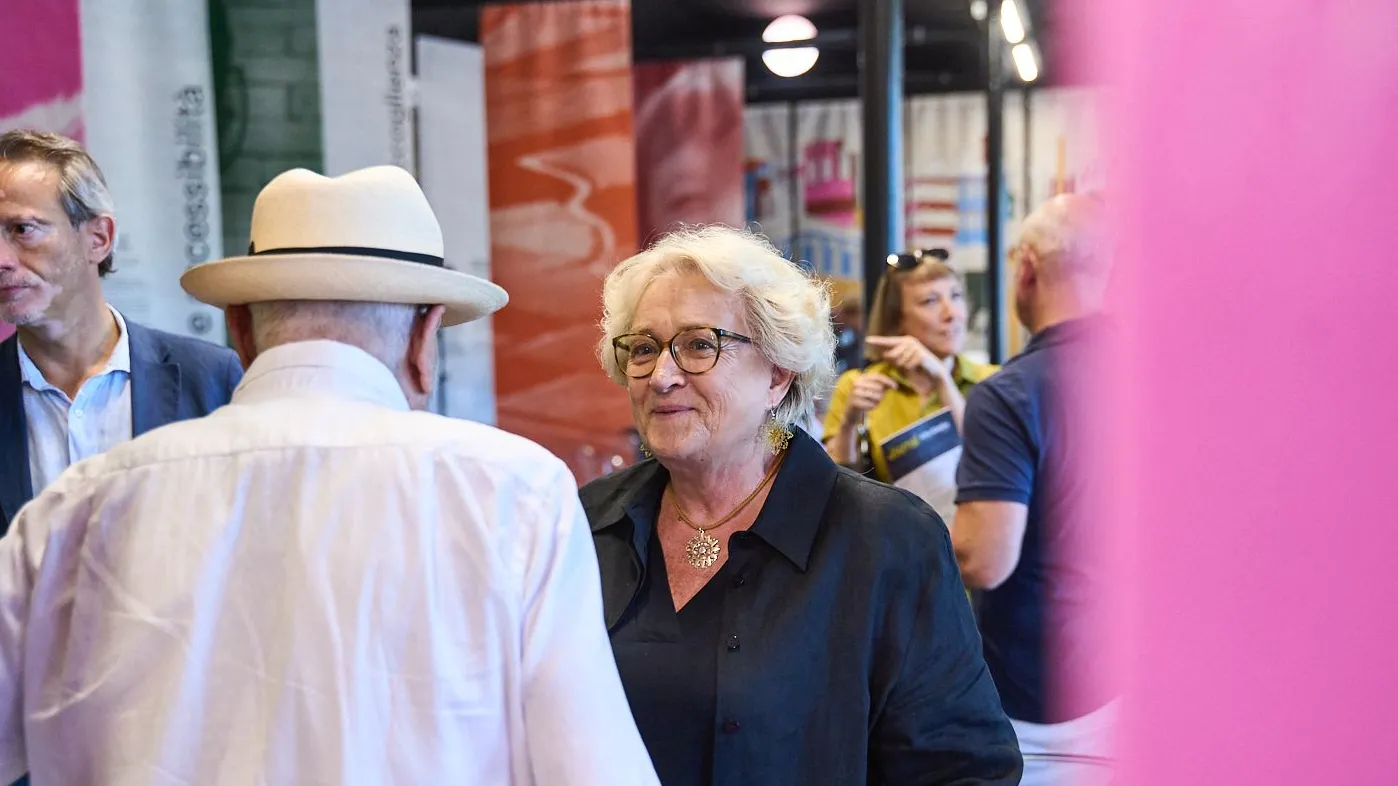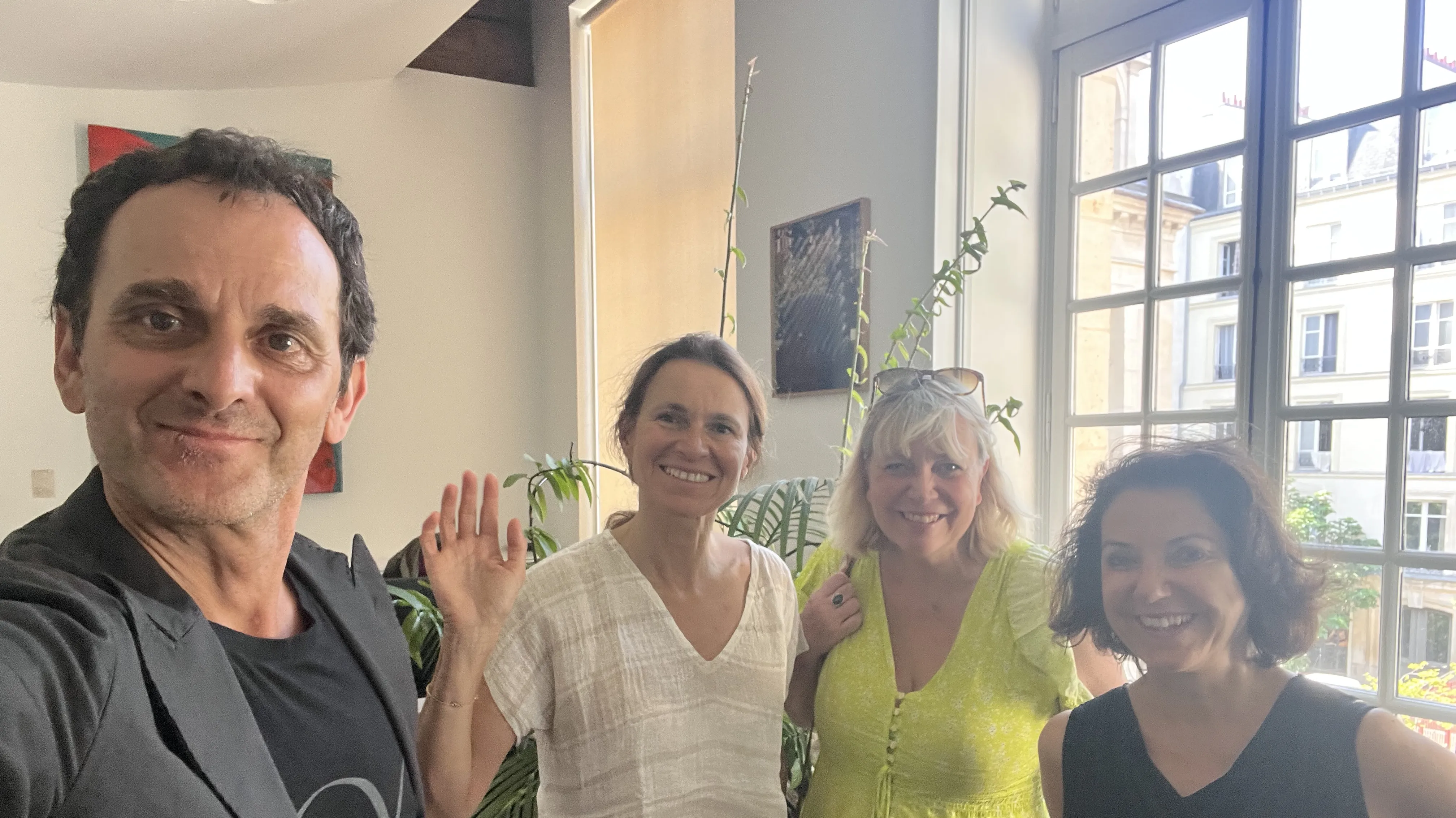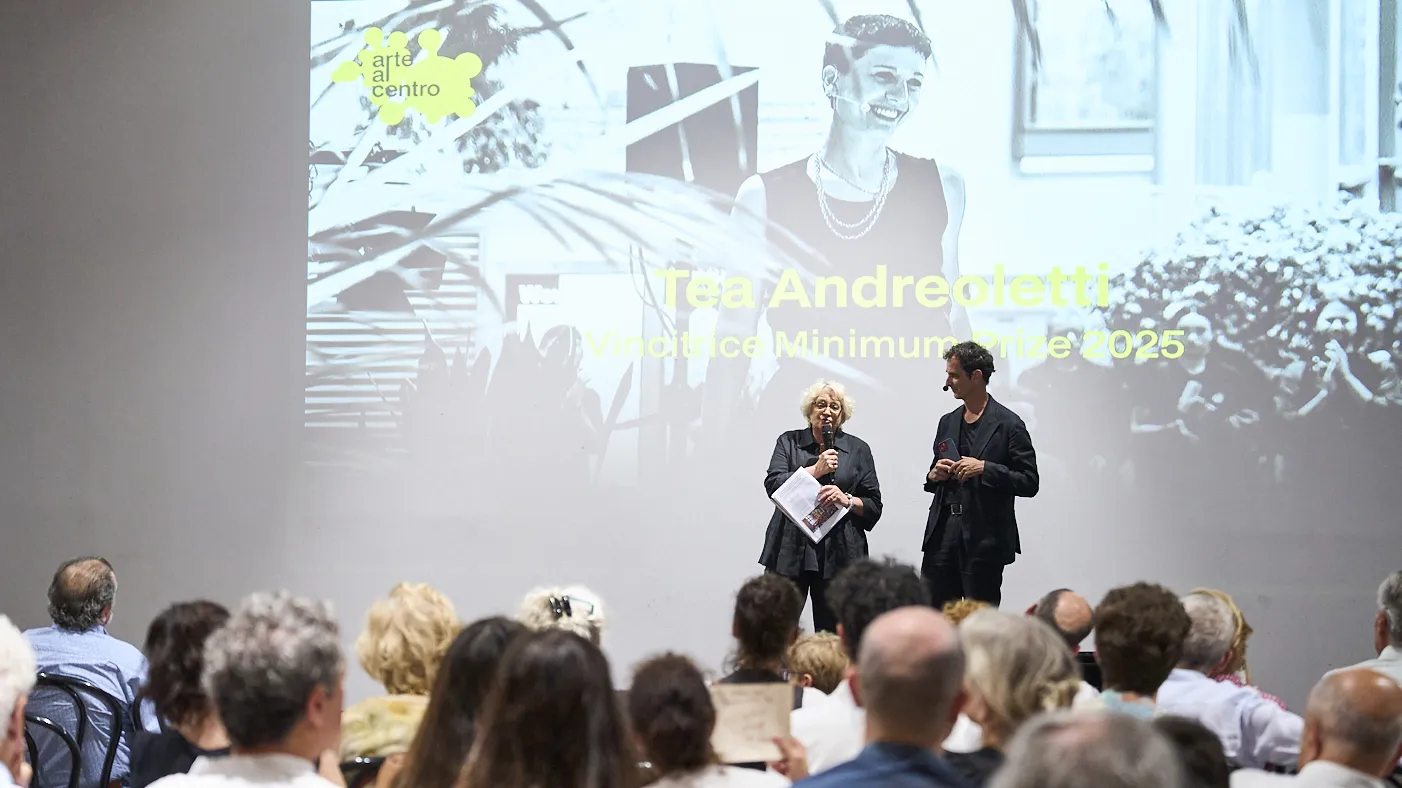What can we
help you find?
Ricerche suggerite
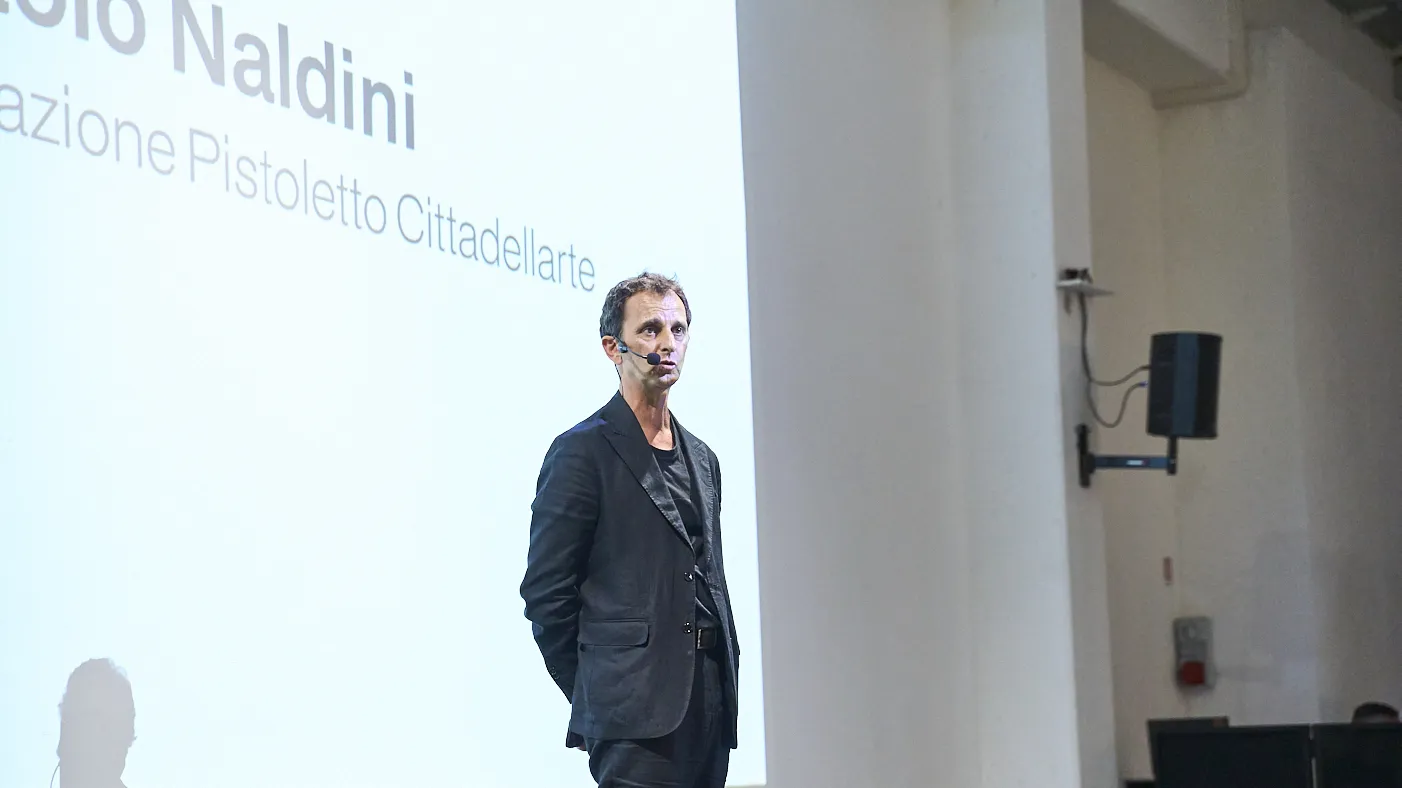
Artists in different cultures manufacture artifacts and symbols used by their communities in crucial passages of social life. Often, in this function, art is associated with religion and its sister, politics.
African tribal art, such as that of the pre-Columbian Americas, of the vast pelagic regions of Oceania, and of the Arctic ice lands, is always integrated with the life of the community and the celebration and care of its relationships with other living beings, both terrestrial and trans-terrestrial.
In his celebrated Social History of Art, Huaser reveals the cultural and economic dynamics underlying social systems and dismantles art's claims to autonomy by demonstrating how each social structure is reflected in the prevailing artistic production.
Even when the European artist, in the time of the industrial revolution, is abandoned by his historical patrons (nobles and Church), he does not remain alone for long; with impressionism, in fact, he reunites with his new traveling companion, the emerging bourgeois of capitalist enterprise. These two enemy-friends come together on the light of a myth that characterizes not only Western modernity, but also, with the globalization of the late 20th century, the entire globe: the individual. This subject/concept is radically opposed to the ancient, pre-modern regime, founded on family clans, on lineage, on the gens; a world in which the individual rarely emerged in the figures of heroes, geniuses, leaders, saints, who were more frequently products of mystification rather than real.
However, the case of the bourgeois who undertakes by investing capital is different (often with partners who share the risk but only as long as their liability is limited ): he truly is alone, detached from social classes, families, traditions, and established power. Capital represents the social engine. But above all, his factories do not need the community clan (as when 100 garments were commissioned to the craftsman in whose workshop perhaps ten or twenty indistinct people worked), they need instead the single individual who moves the machine, and receives a personal salary. With those two cents, or rather dollars, this modern-day worker soon becomes a customer, madly wanting to buy the T-Model automobile he had spent his life producing. Mrs Thatcher could therefore proclaim with furious joy that society does not exist, but rather the individual does, the individual who consumes and votes. Consumption products are designed and advertised in the wake of the idea that by buying, one fulfills oneself as a human. They must therefore be useful for a material use, but also for a psychic function: I have a fridge, a car and a latest generation mobile phone, therefore I am, I exist, I belong.
So far, everything is pretty much established.
What happens when, around the turn of the millennium, all of this is revealed to be an unequivocally dysfunctional and toxic model, even if some deniers and fundamentalists try to keep it alive?
The generalization of the crisis affects every field of action. The king is naked, and in his nakedness he shows his nature as a robber without morals, oriented towards maximizing profit and therefore the return on investments he has made.
Within this context, nothing holds back political leaders who operate without reticence and without restraint, opening up broad scenarios of social conflict and a new season of colonial wars, as in Ukraine, or a dramatic exacerbation of decades-long occupations as in Palestine, and in over 40 other theatres of declared conflict.
This is a widespread exposing of power, hence also of patronage; the market no longer has any claim to act for the common good. No one believes in the existence of an invisible hand there to adjust balance as best as possible any more. Everyone fears the aggressive hands of the media oligarchs who spy on you while you talk to your wife or search online for the origin of the word patron , so that they can sell your preferences to diapers manufacturer or cruise trips, and your profile to communication agencies so that leaders of the democratic parties can decide how to influence you by making you see true and false news about the world in which they will be indispensable leaders.
What does therefore remain of the commission for the artist who narrated the wonderful story of emancipation and personal self-realization through the expression of his own unique and unrepeatable individuality, like a shade of pink in Givenchy's garden or the abstruse coexistence of different points of view in front of a woman sitting at a table with a violin and a sheet of paper, or the dripping of paint in the manly gesture of the painter standing in front of the canvas laid on the floor?
This is well described by the Venice Architecture Biennale, which opened on 10 May 2025. The artist, together with the designer and the architect, discovers that there is someone else besides the client: there are the communities all around, there are the animals and the biodiversity of life on earth, there are the climate and the oceans and the glaciers and the polar ice caps, there is the atmosphere and the infosphere, there are common goods, there is the advent of artificial intelligence and its impact on our lives, there is the possibility of healing all the people in the world and feeding them, of producing energy by cleaning the planet and freeing ourselves from depending on fossil fuels and their unscrupulous owners, of bringing peace to every conflict including those supposedly impossible to resolve like the Palestinian one, of facing and solving every problem because human intelligence, collective and cumulative, already has the solutions for all these issues.
The Venice Biennale of 2025 recounts it, but we recount it with the Geography of Transformation and Methods of 2002, with the Third Paradise of 2003 and the derived formula of creation, with the Art of Demopraxia, of 2012, and the Statodellarte, presented precisely at the above-mentioned Biennale upon the invitation of curator Carlo Ratti, together with the opening installation entitled the Perspective of the Third Paradise, which represents all these solutions with a formulaic symbol.
Statodellarte is an organization of societies based on a simple idea: each group of people gathered for a profession or a concrete goal, that is, a community of practice, is a micro government and parliament. The members of each of these communities of practice possess and often exercise (even if to an insufficient extent and inhibited by the prevailing authoritarianism) the ability to create, invent visions and practices with which to address and resolve local versions of global issues.
Recognizing the potential of these creative communities (co-creation communities) and articulating methods and infrastructures for their development and propagation is the mission of an idea of state that crosses, integrates and complements all existing forms of national, ethnic, ideological state, and of any other origin. Communities of practice as micro governments, in fact, are active in Cuba as in China, in Italy as in Korea, in Switzerland as in Indonesia. And in each of these countries, Cittadellarte has started programs of experimentation in the art of organizing this Statodellarte, that is, Demopraxy.
And the artist and his client, then? Where have they gone?
In the parliaments of communities of practice and territories, they still encounter each other as before, but their idea of work is no longer limited to personal utility and profit; they now aspire to go further, without betraying the reasons for this primary interest, but extending it to the utility for other subjects who are around, in the environment, in the circumstances, in the central circle that is formed between them and the others, a space of co-creation and care, in which there is a whole world of possibilities and economies, practices and inventions, technologies and discoveries, as our Accademia Unidee has been studying and teaching for years, and as the Venice Biennale masterfully presents, for example in the Golden Lion at the Pavilion of the Kingdom of Bahrain for the project of natural conditioning, thanks to the thermal gradient of the subsoil, according to a contemporary reinterpretation of an ancient knowledge.
The patronage has expanded, then. It has been extended to those who have and had no say in the matter. Today, we are writing this chapter with the artists and patrons of socially engaged art that, for example, the Visible project - in partnership with the Zegna Foundation - has been researching and spreading for almost 15 years. But it is no longer just a work for professionals. We have entered the era in which works of a widespread art are being produced in all sectors and ganglia of society, i.e. potentially in all communities of practice: commissioners and authors are those very communities of practice and the artists that go with them. And in particular, they are the enterprises, those communities of practice organised in a rational and efficiency-oriented way, for the production of goods and services that best respond to a demand.
It is here, in this form of patronage that unites the market with the broader needs of a commissioning that is no longer narrow and short-sighted, but broad and with great vision, that the Statodellarte finds the engine of its development, which starts from Cittadellarte, with its own Constitution and with a call for co-responsibility addressed to the communities of practice that can best govern the territory and social systems: businesses.
Today, we therefore propose the Statodellarte and the Impresadellarte as key passages in the path that unites Pistoletto's research in the 1960s (who found in the mirror a self-portrait of himself and the world), the Progetto Arte Manifesto of 1994 (which declared the role of art in putting all sectors of society in communication), the Formula of Creation or Third Paradise (which offers the method of uniting opposites and co-creating what did not exist before without ever destroying anything or anyone, but rather transforming themselves together) and the Art of Demopraxy, as a horizon with which to give shape to society no longer as automatons, but as authors.
Statodellarte takes up the living legacy of this path and relaunches it towards a vast, vast programme that is already in progress.
Paolo Naldini
Fondazione Pistoletto Cittadellarte Director
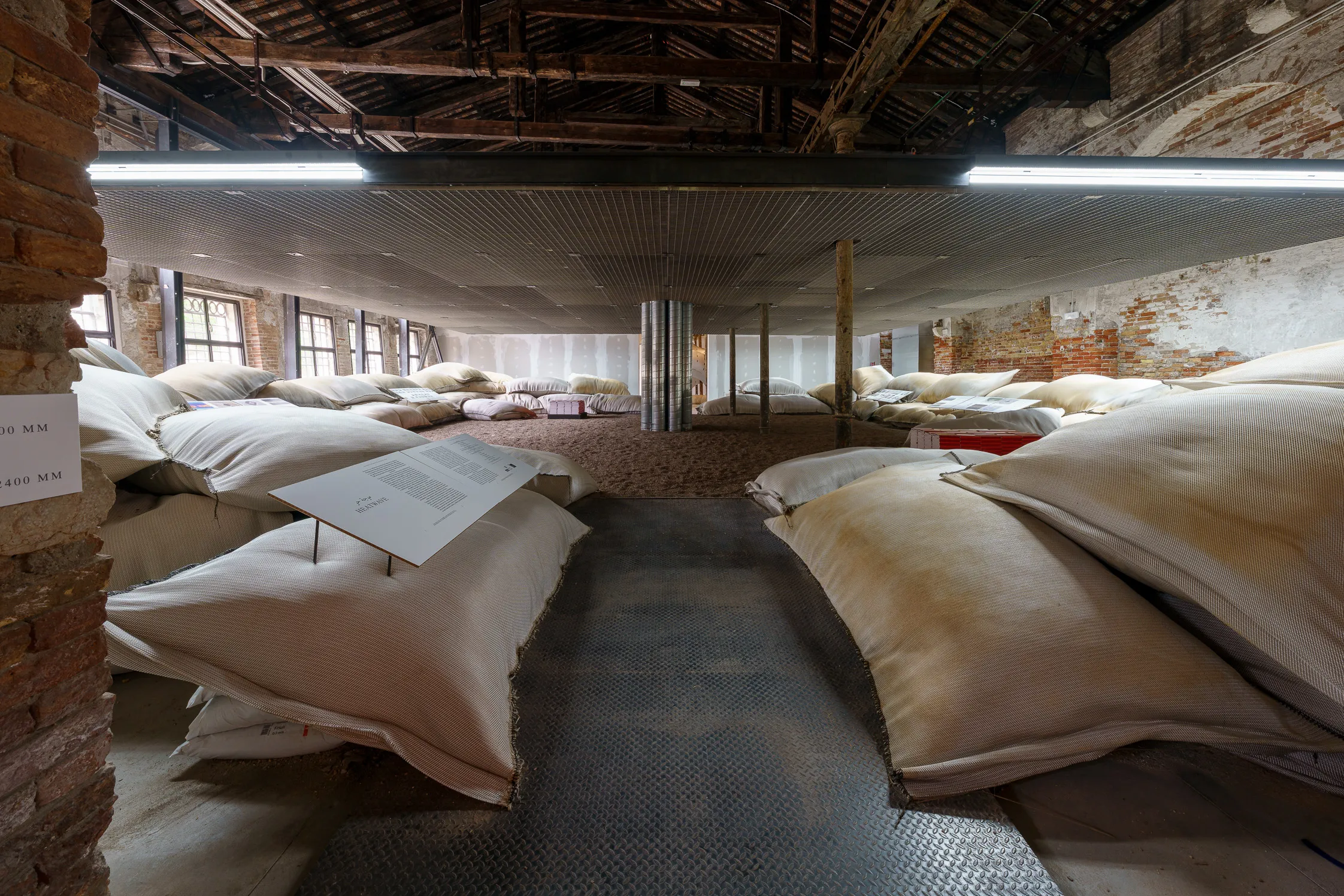
Pavilion of BAHRAIN (KINGDOM OF) Heatwave. 19th International Architecture Exhibition of La Biennale di Venezia Intelligens. Natural. Artificial. Collective. The Golden Lion for Best NAtional Participation, was awarded to the Kingdom of Bahrain, with Canicola exhibited at the Arsenale. Photo by: Andrea Avezzù. Courtesy: La Biennale di Venezia.
